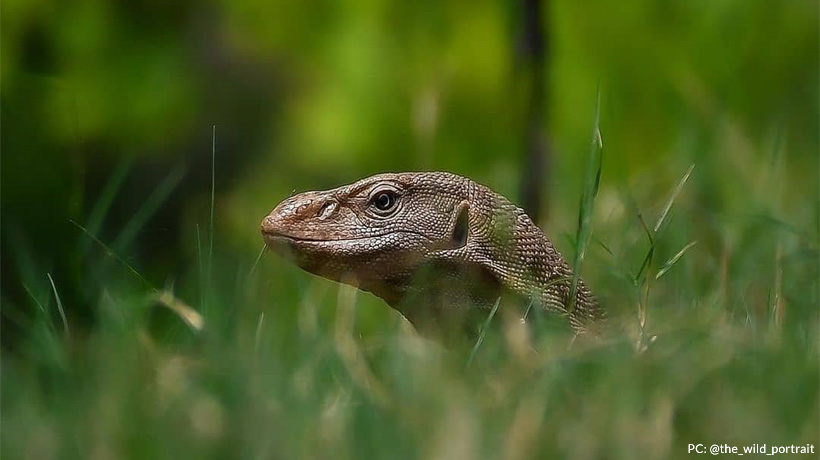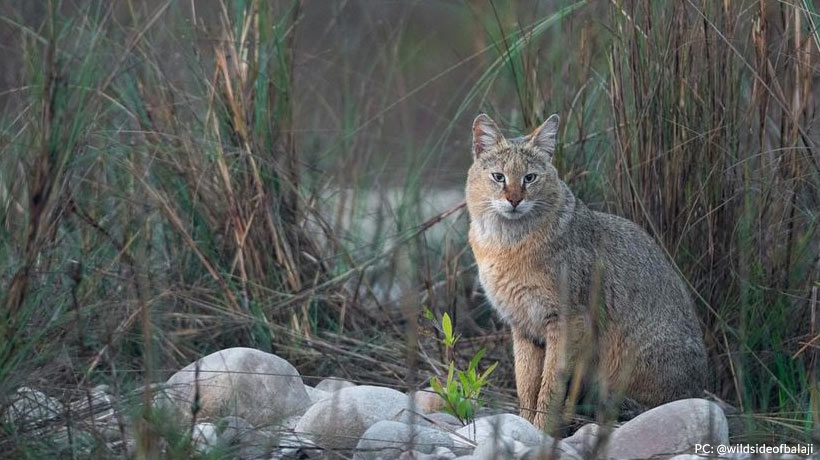Last year Monitor lizard was spotted in a house in Delhi and went viral on Twitter. Though it evoked lots of reactions because some people didn\’t know what is it. To some people, it looked liked Dinosaurs from Jurassic World.
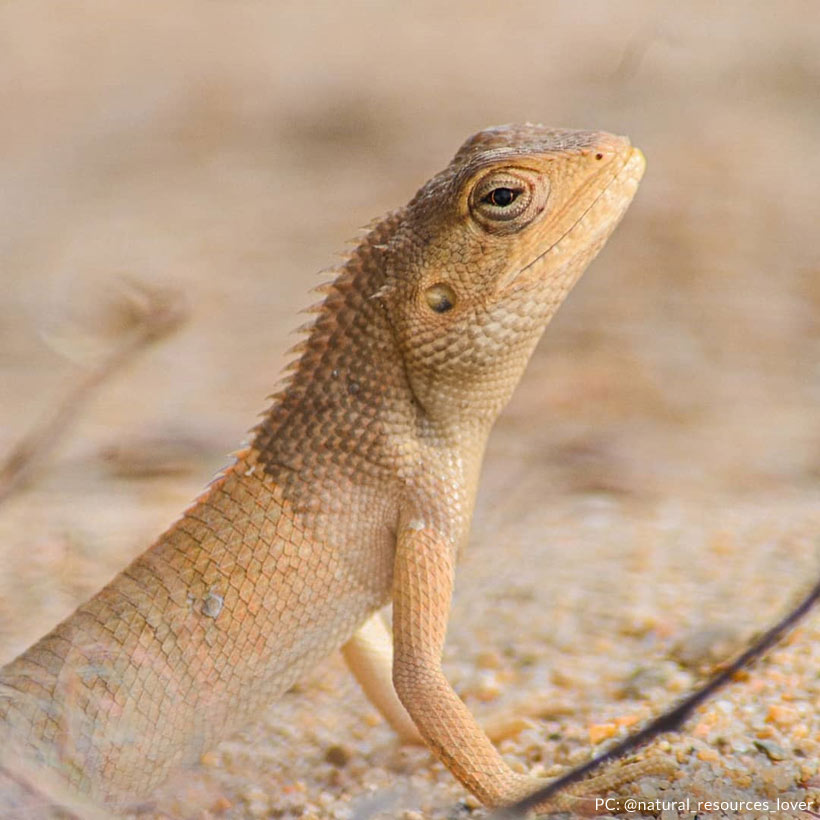
As this happened let us take a quick round-up about this mighty being. Monitor Lizards are approximately classified into 70 different varieties and are generally moderately sized. With its long tail and claws, the monitor lizard is mostly terrestrial and carnivorous. These lizards are known to maintain large territories and have a forked tongue like that of a snake which helps them to sense odors.
History
Monitor Lizards used to be illegally hunted, trafficked, and consumed across India. They come under endangered species under the Wildlife Protection Act 1972 and are entitled to the same level of protection as tigers. In 2017, the International Fund for Animal Welfare, India\’s Wildlife Crime Control Bureau, & Wildlife Trust of India found that monitor lizards are hunted and used for their flesh and organs.
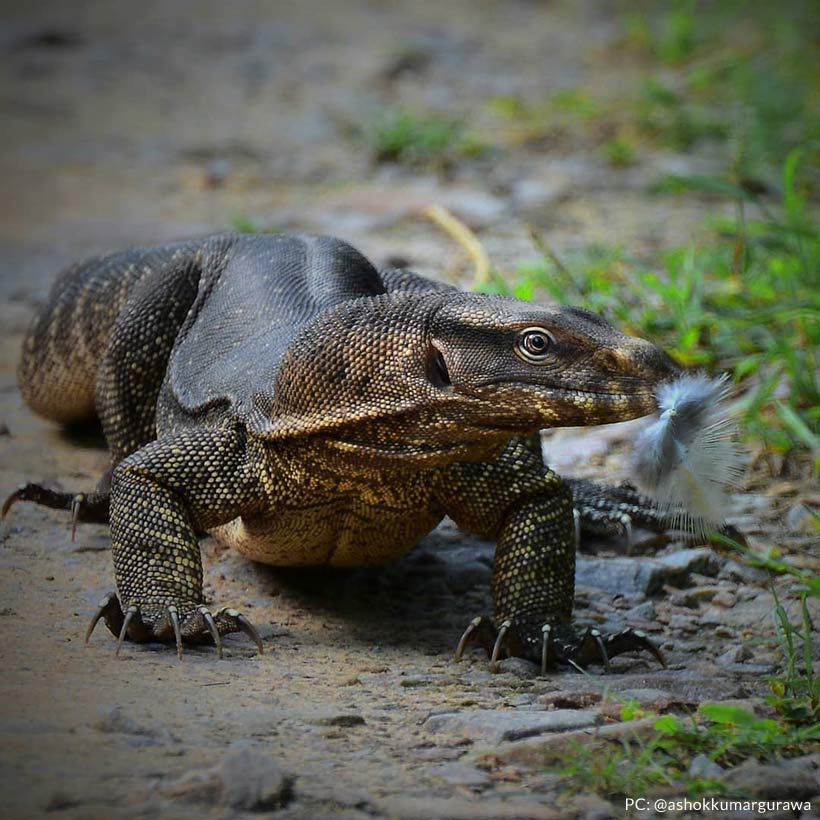
Classification
Though they are endangered, there is a total of three types of monitor lizards that are found in various states of India. Water Monitor Lizard is found in Coastal Areas like Sundarbans, Andaman & Nicobar Islands, Orrisa, etc. The Yellow Monitor Lizard is found in the North of India, Indian desert Monitor Lizard or Bengal Monitor is found in the state of Rajasthan, Gujarat & Maharashtra.
Behavior
Monitor Lizards are ever alert, easily startled by noises, and sudden with movement beings. They vary in their personality, some are docile, while others remain wary of human beings. Monitor Lizards can inflict serious bites and scratches and should never be allowed to near one\’s face.
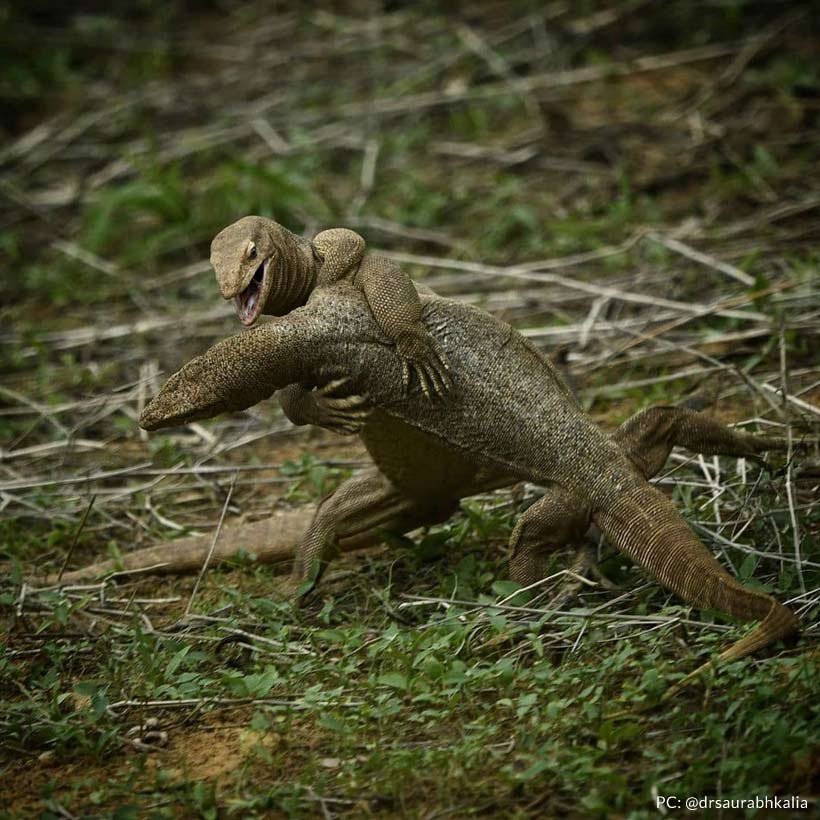
They are partially venomous and are believed to have evolved into amphibians. Monitor Lizard\’s generic name is \’Varanus\’ which comes from \’Waran\’ meaning \’Dragon\’ or \’Lizard Beast\’.
Feeding
Monitor Lizards feed on a variety of food types like snakes, crabs, fish, insects, frogs, etc. They control the population of their prey, and in turn, are a source of larger predators like crocodiles.
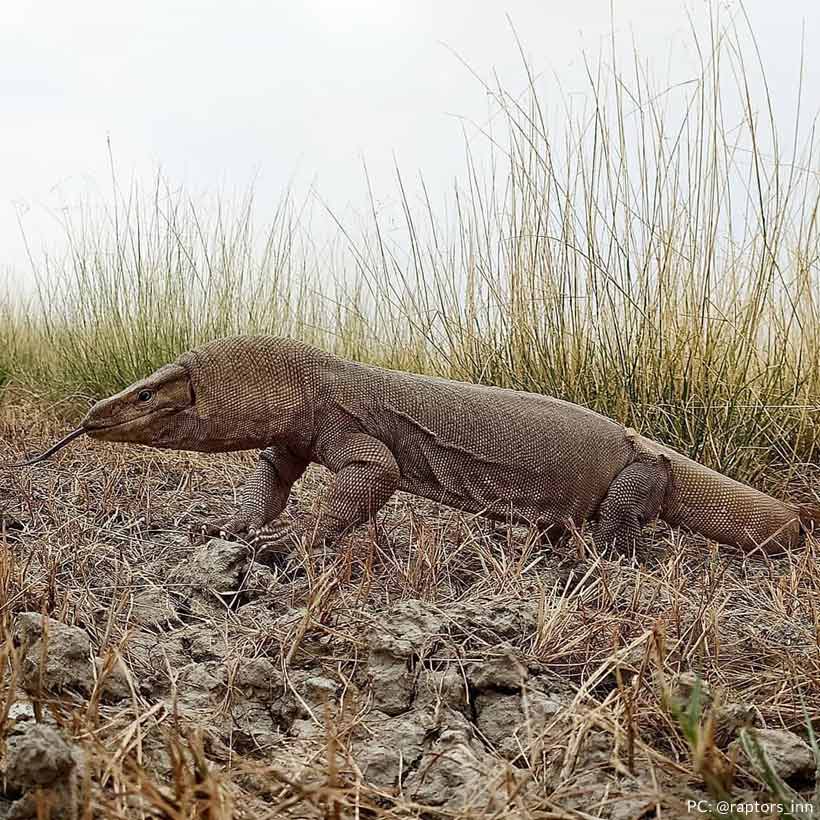
So, if you ever spot a Monitor lizard keep a distance from it, there is nothing to be scared of but keep a distance door open so that it can find its way and get out on its own. That\’s it, creating a ruckus makes the animal nervous.

